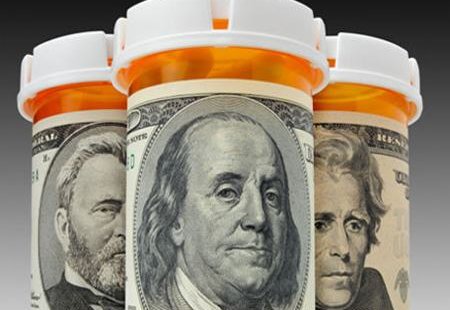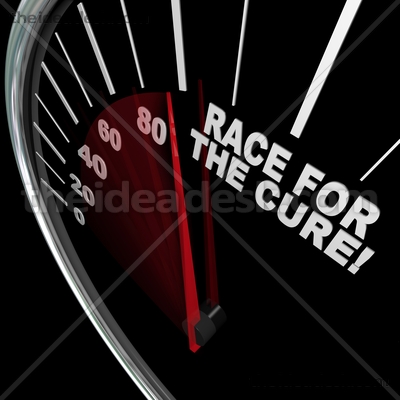This is a press release if there is any additional information we will share this with you.
Prosensa to Present at J.P. Morgan Healthcare Conference
LEIDEN, The Netherlands, Jan 03, 2013 (BUSINESS WIRE) — Prosensa, the private Dutch biopharmaceutical company focusing on RNA-modulating therapeutics for rare diseases with high unmet need, today announced that Hans Schikan, Chief Executive Officer, will be presenting at the 31st Annual J.P. Morgan Healthcare Conference in San Francisco.
Prosensa’s presentation is scheduled at the Westin St. Francis on Union Square at 4.30pm PST on Monday, January 7, 2013 and will provide a corporate update to the investment community. Prosensa’s lead compound (drisapersen), being developed by GlaxoSmithKline, is currently in late-stage phase III clinical trials for Duchenne muscular dystrophy.
–ENDS–
Notes to editors:
About Prosensa
Prosensa is an innovative Dutch biopharmaceutical company focused on the discovery, development and commercialization of RNA-modulating therapeutics correcting gene expression in diseases with significant unmet need, in particular neuromuscular disorders. Prosensa’s current focus is on developing treatments for Duchenne muscular dystrophy (DMD), Myotonic Dystrophy and Huntington’s disease. In 2009 Prosensa entered into a strategic alliance for part of its DMD exon skipping program with GlaxoSmithKline. Prosensa’s lead compound (drisapersen), being developed by GSK, is currently in late-stage phase III clinical trials. Prosensa is a privately held biopharmaceutical company, backed by a consortium of Abingworth, Gimv, Idinvest Partners, Life Sciences Partners, MedSciences Capital and New Enterprise Associates. For more information, please visit www.prosensa.com .
Prosensa won the 2012 Emerging Star Award at the European Mediscience Awards and was listed as a Fierce 15 Biotech Company.
SOURCE: Prosensa
Prosensa enquiries:
Luc Dochez +31 71 332 2085
or
Hans Schikan +31 71 332 2100
Media enquiries:
College Hill Life Sciences
Melanie Toyne-Sewell / Anastasios Koutsos / Henry Stanley
+44 20 7457 2020
or
Rebecca Skye Dietrich (US enquiries)
+1 857 241 0795
prosensa@collegehill.com




